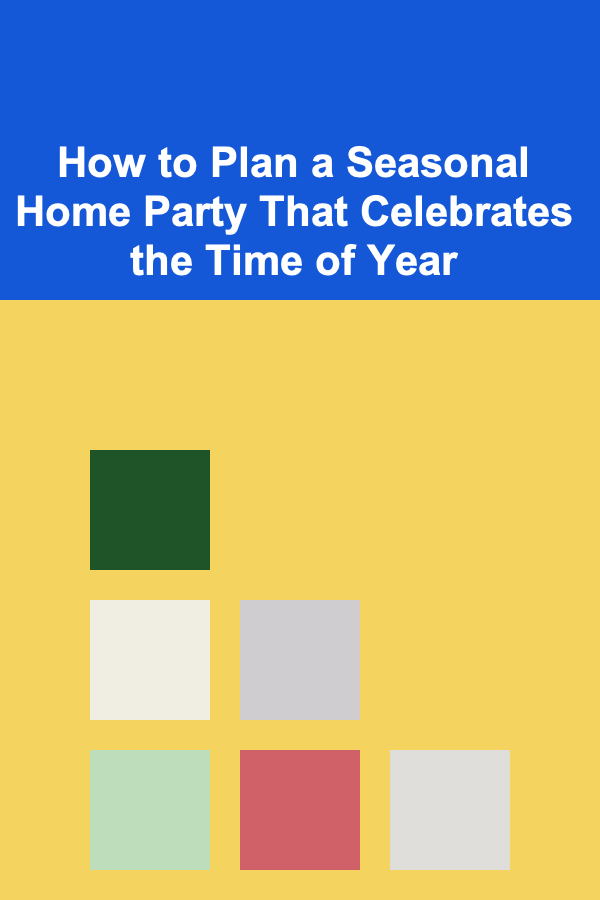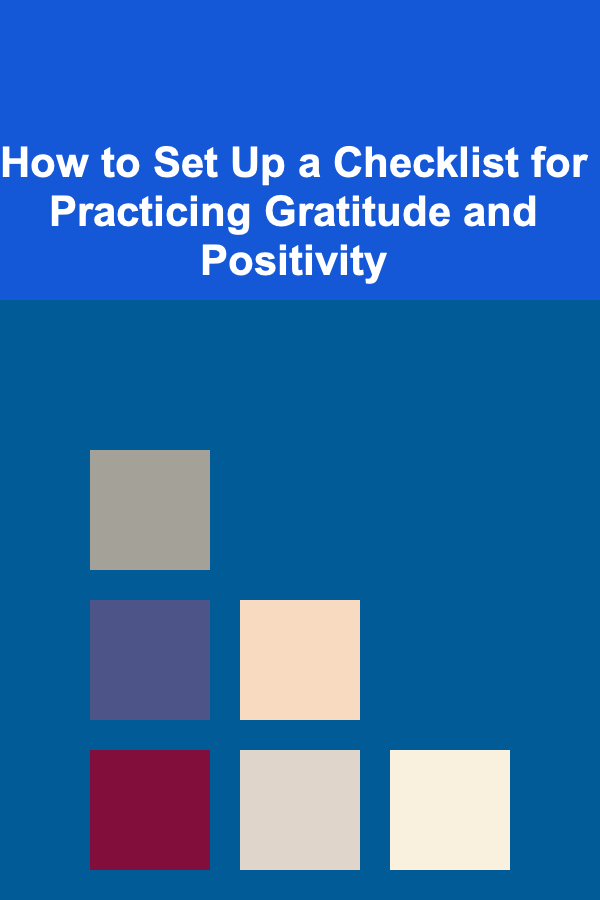
10 Tips for Attracting Pollinators to Your Garden
ebook include PDF & Audio bundle (Micro Guide)
$12.99$5.99
Limited Time Offer! Order within the next:

Pollinators play a crucial role in the health and success of our gardens. These busy creatures, which include bees, butterflies, hummingbirds, and even bats, are responsible for pollinating the flowers that produce many of the fruits, vegetables, and seeds that feed us. Without pollinators, our gardens would lack the vibrancy and productivity that make them so enjoyable and essential. This article explores 10 effective tips for attracting pollinators to your garden, helping you create a thriving, pollinator-friendly space.
Plant a Diverse Range of Native Flowers
The first step in attracting pollinators to your garden is to plant a diverse range of native flowers. Native plants have evolved alongside local pollinators and provide the right type of nectar and pollen that these creatures need. By planting native flowers, you ensure that the pollinators in your area are more likely to find what they're looking for. Native plants are also more resistant to pests and diseases, which means they'll thrive in your garden with less maintenance.
- Why Native Plants? Native flowers have adapted to local climate conditions, making them more resilient and beneficial to local wildlife. They support a wide variety of pollinators, from bees to butterflies, providing the resources that these creatures need for survival.
- How to Choose Native Flowers? Research the types of native plants in your region. For example, in the United States, wildflowers like coneflowers, black-eyed Susans, and milkweed are excellent choices for attracting bees, butterflies, and other pollinators. Native wildflowers are especially important for migrating pollinators like monarch butterflies.
Provide a Continuous Blooming Season
Pollinators need food sources throughout the growing season, so it's essential to plant flowers that bloom at different times of the year. A garden with flowers that bloom in spring, summer, and fall ensures that pollinators have a steady supply of nectar and pollen.
- Spring Bloomers: Look for early bloomers like crocuses, daffodils, and primroses that provide food for bees and butterflies when they first emerge from hibernation.
- Summer Bloomers: Plants like sunflowers, lavender, and zinnias offer nectar for pollinators during the height of summer.
- Fall Bloomers: Aster, goldenrod, and sedum provide essential food sources as pollinators prepare for winter.
By incorporating a variety of flowers that bloom at different times, you'll create a welcoming environment for pollinators year-round.
Include Pollinator-Friendly Herbs
Many herbs are not only useful in cooking but also serve as excellent food sources for pollinators. Herbs like lavender, thyme, oregano, mint, and sage produce nectar-rich flowers that attract a variety of pollinators. Furthermore, herbs often thrive in a garden with minimal maintenance, making them a practical addition to any pollinator-friendly space.
- Lavender: Known for its aromatic flowers, lavender attracts honeybees and bumblebees.
- Mint and Oregano: These herbs have small, tubular flowers that are highly attractive to bees and butterflies.
- Thyme and Sage: These plants produce nectar-rich flowers that are particularly favored by bumblebees.
Consider interplanting herbs within your flower beds or creating dedicated herb sections to maximize the benefits for pollinators.
Create a Habitat for Pollinators to Nest
Pollinators don't just need food---they also require safe spaces to nest and lay eggs. Providing appropriate nesting sites will encourage pollinators to visit and stay in your garden. Different types of pollinators have different nesting preferences, so it's essential to cater to a variety of species.
- Bee Hotels: For solitary bees (such as mason bees), you can create or buy bee hotels. These structures offer cavities where bees can lay their eggs. Place these bee hotels in sunny, sheltered spots to attract bees to your garden.
- Dead Wood and Brush Piles: Many solitary bees and butterflies like to nest in hollow stems, logs, or brush piles. Leaving some areas of your garden a little wild can provide much-needed shelter for these insects.
- Bare Soil: Some species of bees, such as ground bees, need bare soil to create their nests. Leaving a small patch of bare, undisturbed soil in your garden can attract these types of bees.
By providing different nesting options, you'll create a safe, supportive environment for pollinators to thrive in your garden.
Avoid Using Pesticides and Chemicals
One of the most significant threats to pollinators today is the widespread use of pesticides and chemicals in gardening. These substances can have devastating effects on pollinator populations, killing them directly or contaminating the plants they feed on. To protect pollinators, it's essential to avoid the use of harmful chemicals and opt for organic or natural gardening methods instead.
- Use Non-Toxic Alternatives: If you must control pests, look for non-toxic alternatives like neem oil, insecticidal soap, or diatomaceous earth. These options are less harmful to pollinators.
- Encourage Natural Predators: Introduce beneficial insects like ladybugs, lacewings, and predatory beetles to help control garden pests. These natural predators can keep pest populations in check without harming pollinators.
By eliminating harmful chemicals, you'll help ensure that your garden remains a safe and inviting place for pollinators.
Provide Fresh Water Sources
Pollinators, particularly bees and butterflies, need access to fresh water to drink and cool themselves. By including a water source in your garden, you'll encourage more pollinators to visit.
- Shallow Birdbaths: A shallow birdbath with small rocks or pebbles provides pollinators with a safe place to land and drink. Make sure the water is shallow enough so they can't drown.
- Puddling Stations for Butterflies: Butterflies often seek out moist soil or mud to drink from. You can create a puddling station by placing a shallow dish of water in a sunny spot, adding some sand or soil, and allowing it to remain slightly wet.
Providing a water source is an easy way to ensure that pollinators have everything they need to thrive in your garden.
Plant a Variety of Flower Shapes and Sizes
Different pollinators are attracted to different types of flowers. By offering a variety of flower shapes and sizes, you can cater to a wider range of pollinators.
- Bees: Bees are most attracted to flowers that are open, with easy access to nectar and pollen. Simple flowers like daisies, sunflowers, and coneflowers work well.
- Butterflies: Butterflies prefer flowers with flat-topped clusters or tubular flowers, such as lantana, milkweed, and butterfly bush.
- Hummingbirds: These creatures are attracted to long, tubular flowers with bright red, orange, or pink colors, such as trumpet vines, bee balm, and fuchsia.
By mixing different flower shapes, you'll appeal to a variety of pollinators, from bees and butterflies to hummingbirds.
Minimize Lawn Areas
While lawns may be aesthetically pleasing, they don't offer much in terms of food or shelter for pollinators. A large expanse of lawn can be a barren landscape for insects, with few opportunities for them to find nectar, shelter, or nesting sites. Reducing the size of your lawn and replacing it with flower beds, wildflower meadows, or vegetable gardens can make a significant difference for pollinators.
- Wildflower Meadows: Replace part of your lawn with a wildflower meadow, which can attract a variety of pollinators. Choose native wildflowers that are known to attract local pollinators.
- Flowering Ground Covers: Instead of traditional grass, consider using flowering ground covers like clover, which provide both food and habitat for pollinators.
By reducing the amount of lawn in your garden, you can create a more inviting environment for pollinators.
Avoid Monocultures
Monoculture refers to the practice of growing a single type of plant in a large area, which can limit the diversity of pollinators that your garden supports. While a field of one type of flower may attract some pollinators, it won't provide the full range of nectar and pollen sources that different species need.
- Mix Different Flower Species: Planting a variety of flower species ensures that pollinators have a range of nectar and pollen sources to choose from.
- Incorporate Fruit and Vegetable Plants: In addition to flowers, consider growing fruit and vegetable plants. These plants can provide pollinators with an additional food source while helping your garden thrive.
By diversifying the types of plants you grow, you'll attract a broader range of pollinators and create a healthier garden ecosystem.
Educate and Encourage Others to Create Pollinator-Friendly Gardens
One of the most effective ways to help pollinators is by encouraging others to create pollinator-friendly gardens as well. By sharing your knowledge and experiences, you can inspire others to make small changes in their own gardens that benefit pollinators.
- Community Gardens: If you're part of a community, consider starting a pollinator-friendly garden initiative. Planting pollinator-friendly flowers and providing nesting sites in public spaces can create a network of pollinator habitats.
- Advocate for Pollinator-Friendly Policies: Support local and national policies that protect pollinators and their habitats. This could include advocating for pesticide regulation, habitat preservation, and sustainable agricultural practices.
By spreading awareness and encouraging others to join the cause, you can help create a larger, more interconnected environment for pollinators.
Conclusion
Attracting pollinators to your garden is a rewarding and essential endeavor. By implementing these 10 tips, you can create a space that supports bees, butterflies, hummingbirds, and other pollinators, ultimately fostering a healthier and more productive garden. From planting native flowers to providing safe nesting sites and avoiding harmful chemicals, there are many steps you can take to make your garden a haven for pollinators. Not only will this help the environment, but it will also provide you with a garden that thrives year after year.
Reading More From Our Other Websites
- [Horseback Riding Tip 101] Fun & Educational: How Horse Riding Boosts Confidence and Motor Skills in Kids
- [Home Storage Solution 101] How to Choose and Use an Outdoor Storage Shed for Your Home
- [Home Maintenance 101] How to Maintain Your Home's Insulation for Energy Efficiency
- [Screen Printing Tip 101] Best Methods for Maintaining Consistent Ink Thickness Across Large Print Runs
- [Horseback Riding Tip 101] Mastering the Basics: Essential Techniques for English Riding Beginners
- [Biking 101] How to Maintain Your Bike Stand for Long-Lasting Durability
- [Personal Care Tips 101] How to Master a Korean Skincare Routine for Beginners
- [Organization Tip 101] How to Organize Your Home Office for Seasonal Productivity
- [Home Rental Property 101] How to Market Your Rental Property to Attract Quality Tenants
- [Horseback Riding Tip 101] Perfect Your Technique: Tips for Improving Balance, Control, and Posture on a Horse

How to Avoid Overpacking for Fishing Trips
Read More
How to Plan a Seasonal Home Party That Celebrates the Time of Year
Read More
How to Set Up a Checklist for Practicing Gratitude and Positivity
Read More
How to Be Your Authentic Self While Dating
Read More
How to Track Home Office Tax Deduction Expenses
Read MoreHow to Build a Fixed Expenses Tracker in Google Sheets
Read MoreOther Products

How to Avoid Overpacking for Fishing Trips
Read More
How to Plan a Seasonal Home Party That Celebrates the Time of Year
Read More
How to Set Up a Checklist for Practicing Gratitude and Positivity
Read More
How to Be Your Authentic Self While Dating
Read More